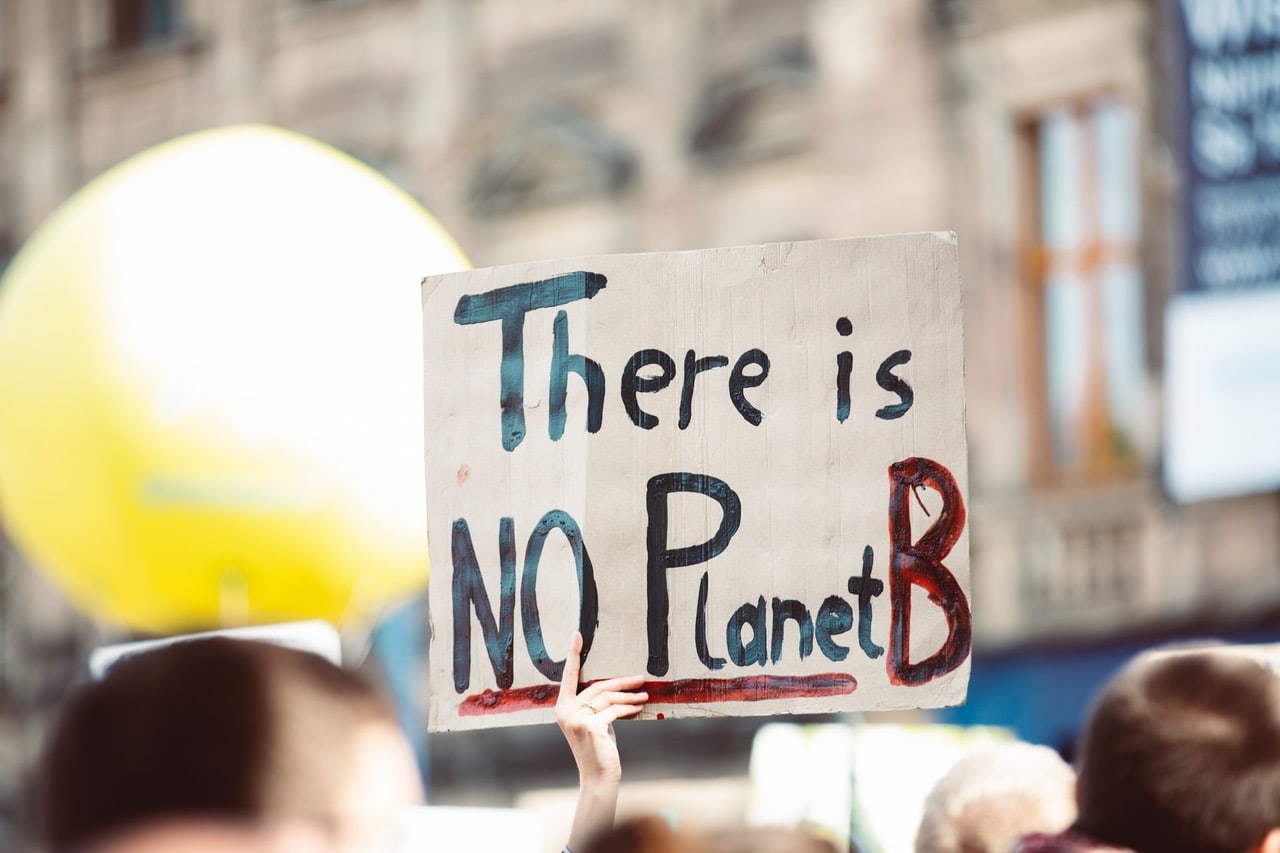IPCC Report is “code red for humanity”

Background:
Climate change: IPCC report is ‘code red for humanity’
The IPCC report was released on 9th August 2021 and has come at a very important time for humanity.
There is hope that deep cuts in emissions of greenhouse gases could stabilise rising temperatures.
- Global surface temperature was 1.09C higher in the decade between 2011-2020 than between 1850-1900.
- The past five years have been the hottest on record since 1850
- The recent rate of sea level rise has nearly tripled compared with 1901-1971
- Human influence is “very likely” (90%) the main driver of the global retreat of glaciers since the 1990s and the decrease in Arctic sea-ice
- It is “virtually certain” that hot extremes including heatwaves have become more frequent and more intense since the 1950s, while cold events have become less frequent and less severe
- Almost every nation on Earth signed up to the goals of the Paris climate agreement in 2015
- This pact aims to keep the rise in global temperatures well below 2C this century and to pursue efforts to keep it under 1.5C.
- This new report says that under all the emissions scenarios considered by the scientists, both targets will be broken this century unless huge cuts in carbon take place.
Can temperature rise be kept below 1.5°C?
- 1.1°C – The increase in temperature since pre-industrial times
- 2,400bn tonnes – CO2 humans have emitted to date
- 500bn tonnes – more would leave only a 50-50 chance of staying under 1.5°C
- 40bn tonnes – Roughly amount of CO2 humanity emits every year
The authors believe that 1.5C will be reached by 2040 in all scenarios. If emissions aren’t slashed in the next few years, this will happen even earlier.
While this report is more clear and confident about the downsides to warming, the scientists are more hopeful that if we can cut global emissions in half by 2030 and reach net zero by the middle of this century, we can halt and possibly reverse the rise in temperatures.
Reaching net zero involves reducing greenhouse gas emissions as much as possible using clean technology, then burying any remaining releases using carbon capture and storage, or absorbing them by planting trees.
“The thought before was that we could get increasing temperatures even after net zero,” said another co-author, Prof Piers Forster from the University of Leeds, UK.
“But we now expect nature to be kind to us and if we are able to achieve net zero, we hopefully won’t get any further temperature increase; and if we are able to achieve net zero greenhouse gases, we should eventually be able to reverse some of that temperature increase and get some cooling.”
While the future projections of warming are clearer than ever in this report, and many impacts simply cannot be avoided, the authors caution against fatalism.
“Lowering global warming really minimises the likelihood of hitting these tipping points,” said Dr Otto. “We are not doomed.”
A tipping point refers to when part of the Earth’s climate system undergoes an abrupt change in response to continued warming.
For political leaders, the report is another in a long line of wake-up calls, but since it comes so close to November’s COP26 global climate summit, it carries extra weight.
The IPCC reports makes for a deep read and the stark reality of the impact we as humans have created.
I like to look at it from a perspective of what we can do. As the conclusions of the report say let’s not look at this as ‘fatalism’ but let’s look immediately at what we can do. You have a chance to do this as you look around your home, your environment and your buying habits.
Our philosophy has been founded on this for years and the impact we can have is as changemakers, on a mission to reverse irresponsible design trends of the past and regenerate for a better life.
From a built environment and interiors perspective, to truly minimise our impact on the environment, our focus has to be on the products we make, with the least environmental impact and then re-education for the consumer to select the most renewable, traceable and re-usable products available.
I’m all about remapping the supply chains of yesterday to shift the trades of tomorrow – changing interiors for the better; so our industry can contribute towards the improvements needed to reduce the impact of climate change.